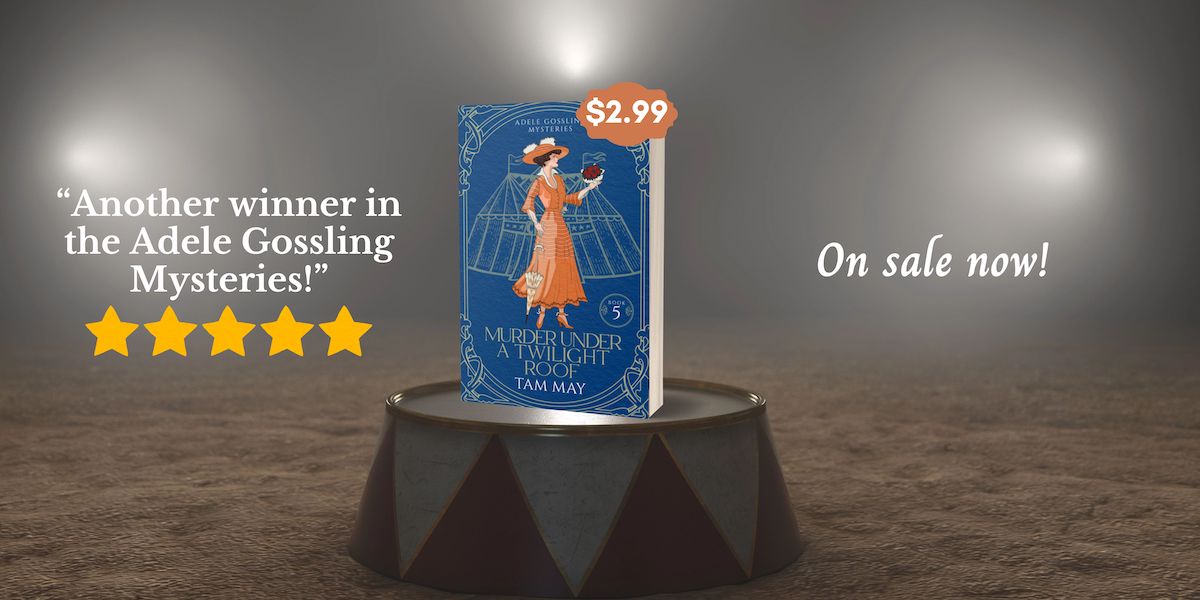
Photo Credit: Terrasse à Sainte-Adresse, Claude Monet, 1866-1867, oil on canvas, Metropolitan Museum of Art, New York, NY: Crisco 1492/Wikimedia Common/PD old 80
This Sunday is the official start of summer. Much of my historical family saga, the Waxwood Series, takes place during the summer months. For us 21st century people, summer means hot weather, swimming pools, and beaches. It’s about fun, leisure, and rest.
The Victorians, however, had a different take on summer. In the 19th century, only the privileged (like my Alderdice family) could afford to take a summer vacation. Middle-class and working-class people did not take time off in the summer or go on vacation. Why?
First, there was a philosophical issue involved. Tension existed between work and play in America at that time. Doctors and ministers and other authorities were suspicious of vacations, believing they led people to vice. There was also a very practical reason: Most people just couldn’t afford to take time off and go somewhere for the summer (no paid time off for vacations in those days).
What changed? Our awareness that being the constant workhorse was more unhealthy than the sort of vices vacation destinations could offer. Also, the rising middle class in the Gilded Age could finally afford to a week or two off from work during the summer for some fun and leisure. And, too, as with much of American life in the Gilded Age, there was the question of commerce. The travel and hospitality industries (like hotels and restaurants) quickly realized they could make a lot of money by encouraging Americans to take time off to enjoy the summer and play.
In my series, when summer comes, the Alderdice family vacation in the resort town called Waxwood. Resort life was growing in the Gilded Age among the wealthy and upper-middle class. These wealthy people took their summer vacations very seriously, spending months lounging in resorts, meeting new people, and participating in all sorts of activities and events. You can find out more about my series on this page.
Ready to dive into my Gilded Age family saga? Now is a perfect time! Book 1, The Specter, has been updated and revised and is now at 99¢. You can get it here.
And if you really want to know what it was like to spend a summer in a resort with the wealthy, you’ll want to read Book 2 of the series, False Fathers, which has also recently been updated and revised.



